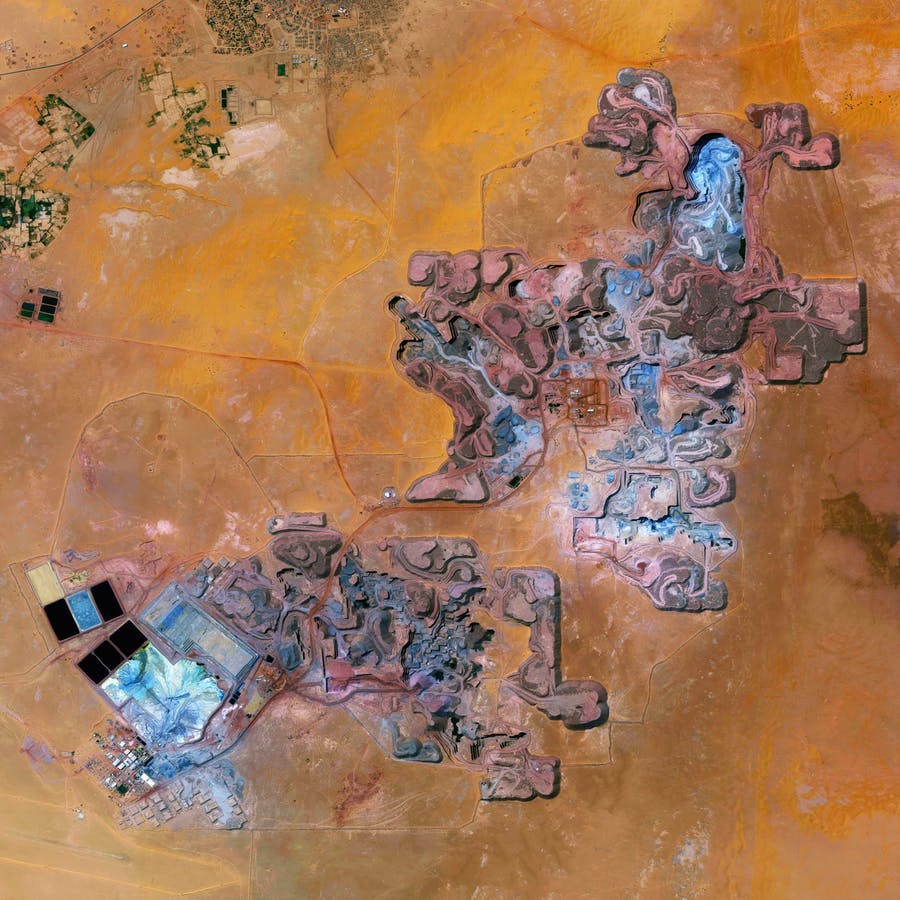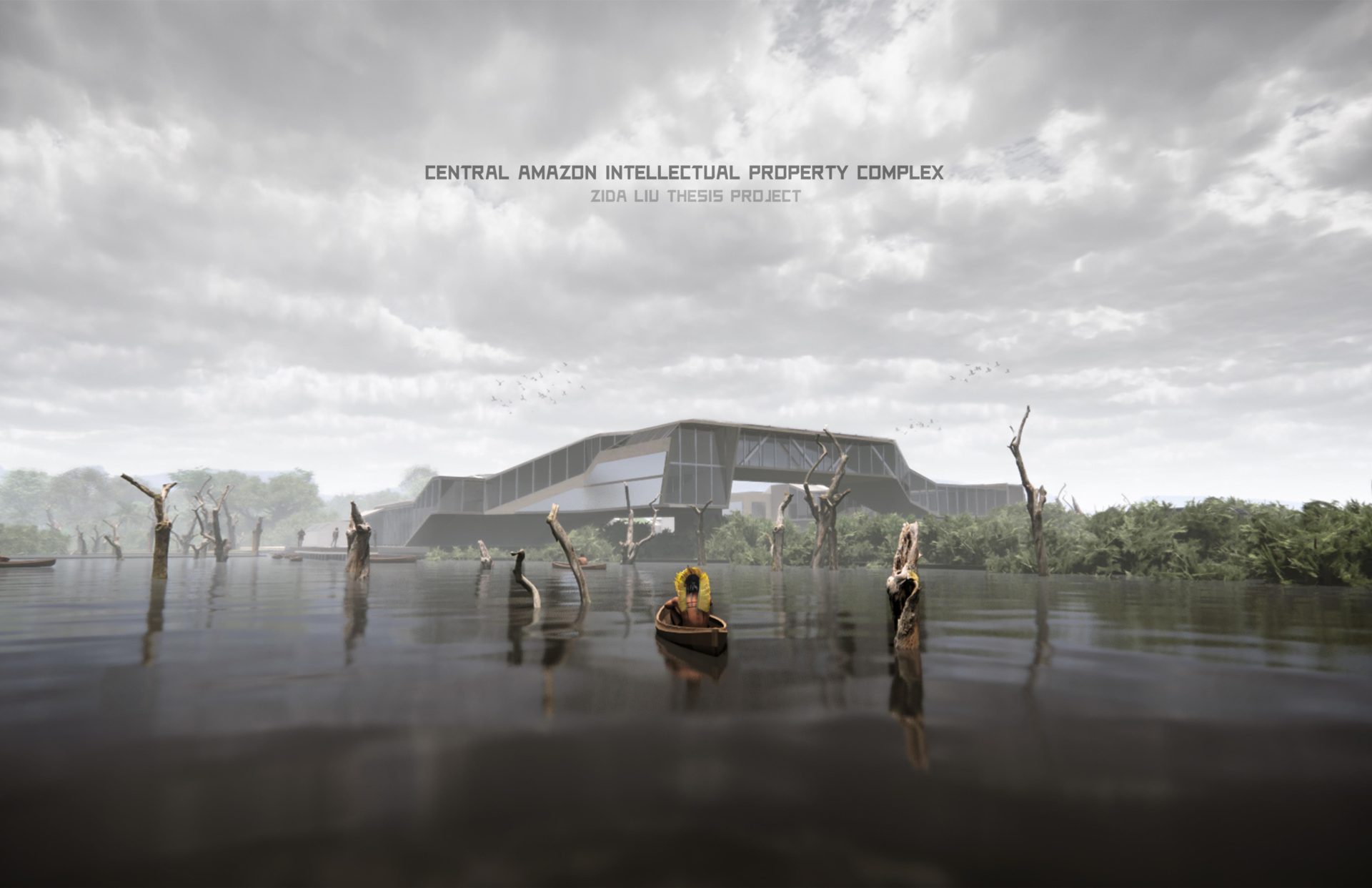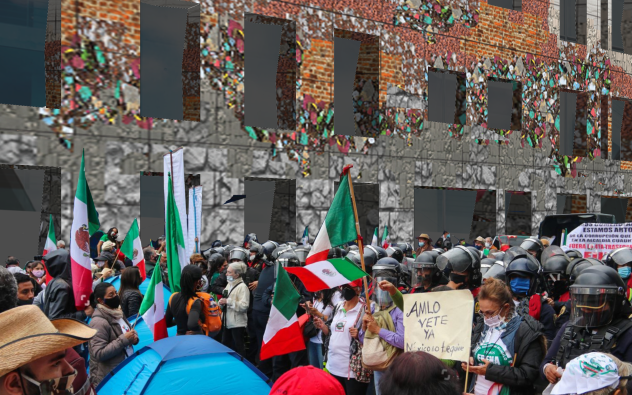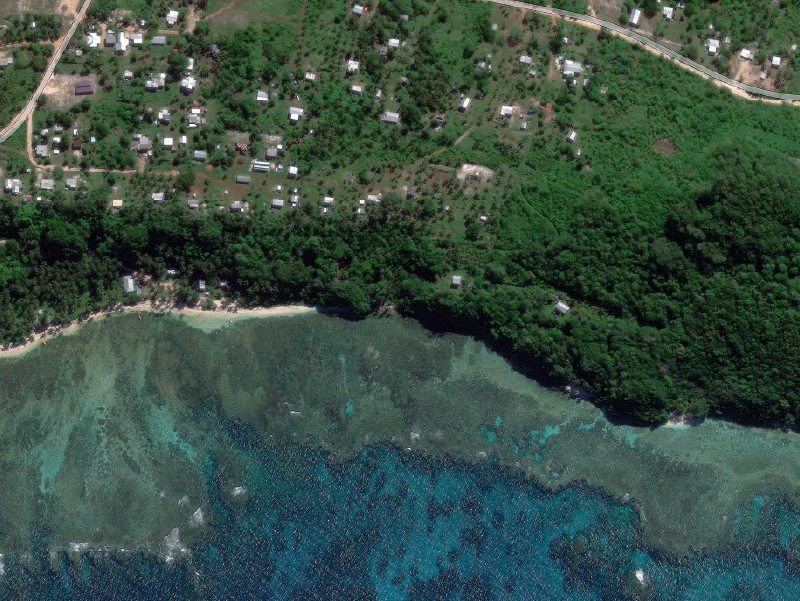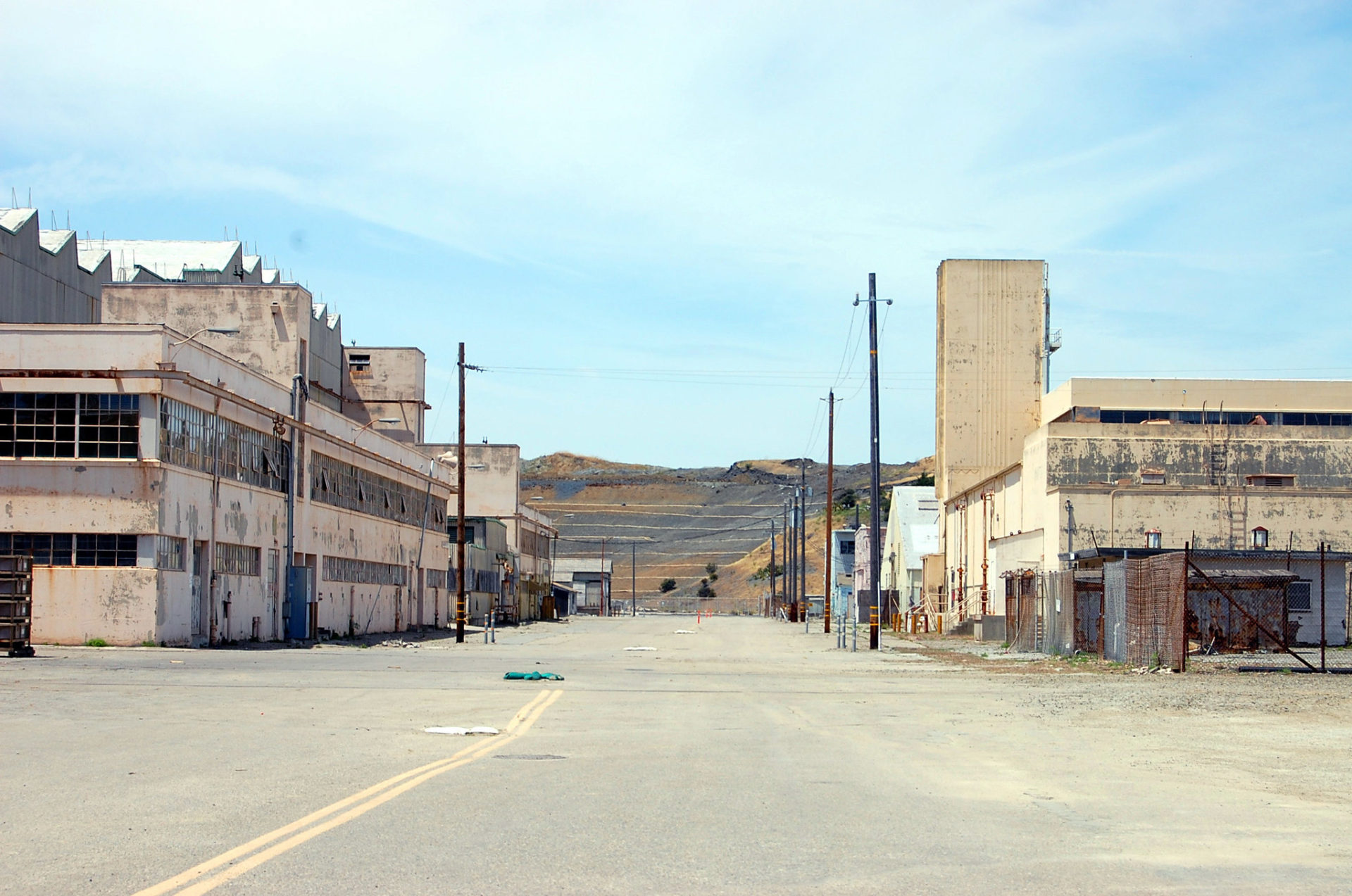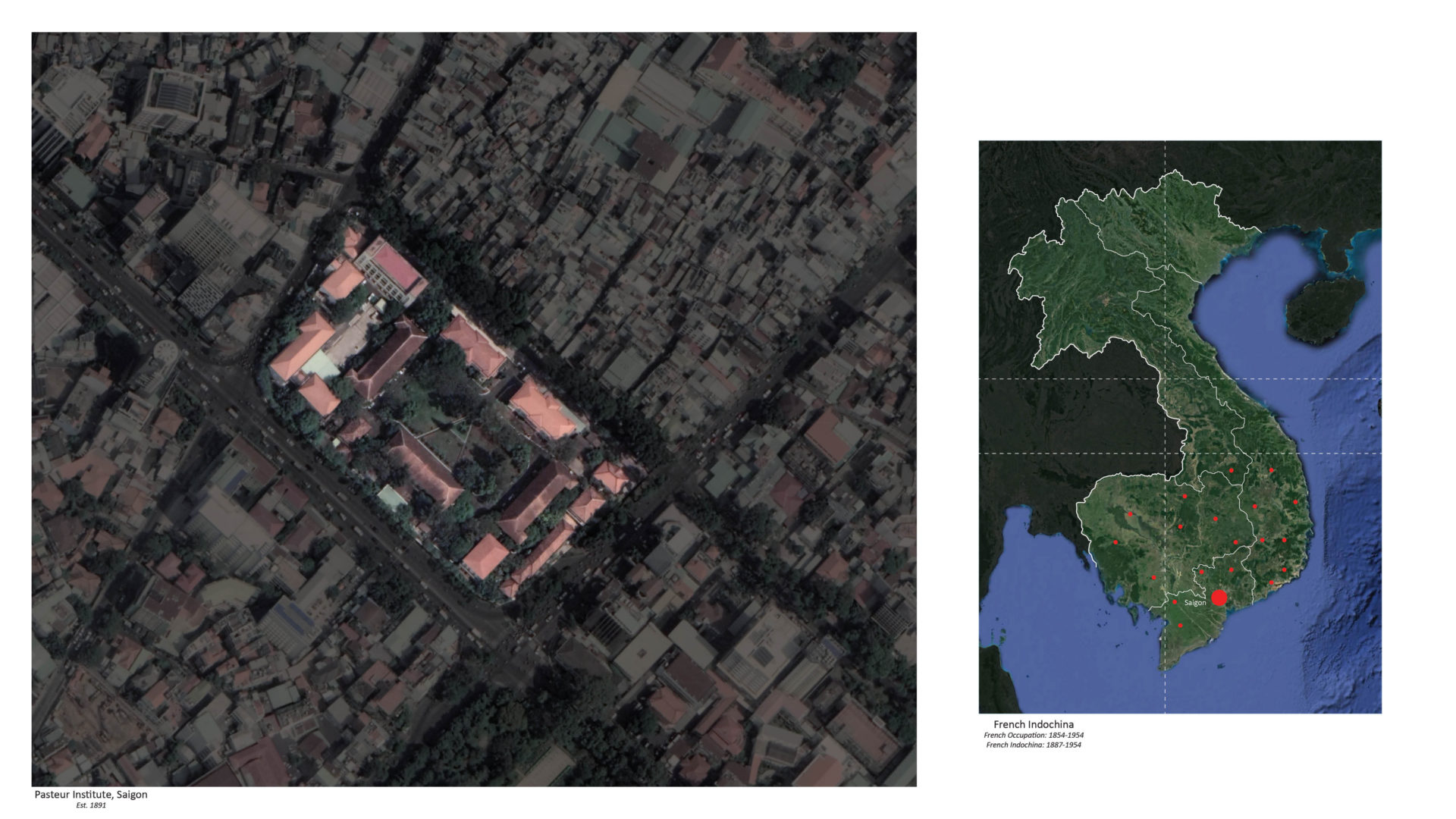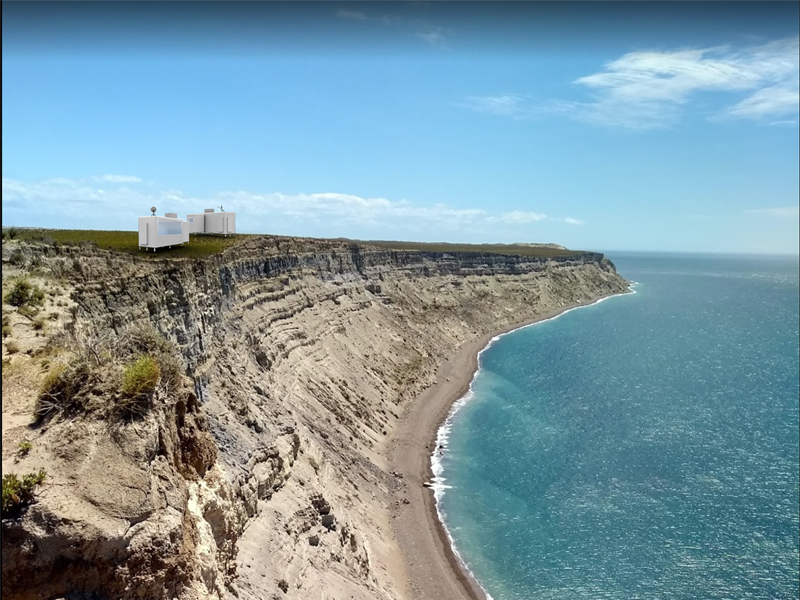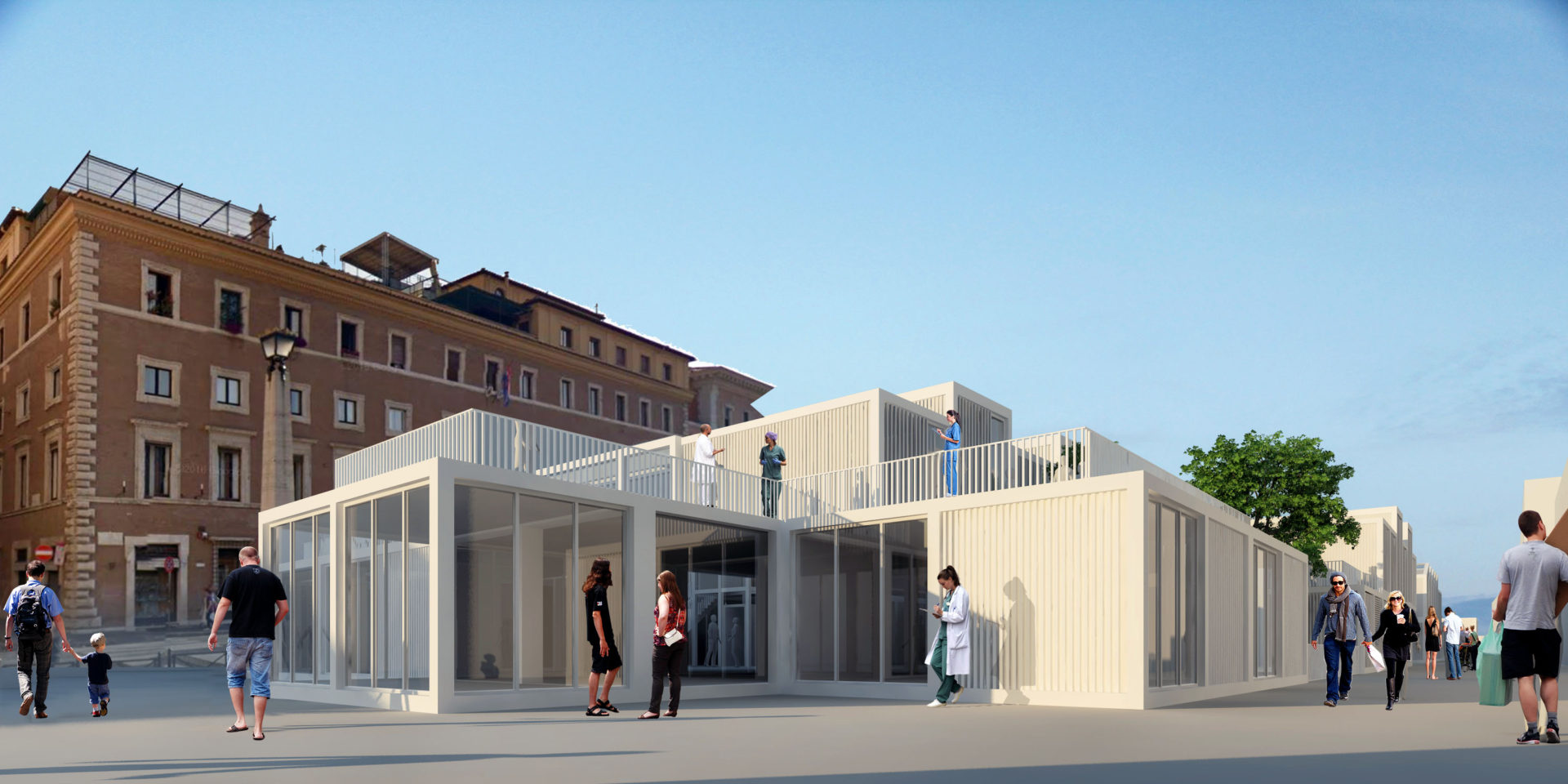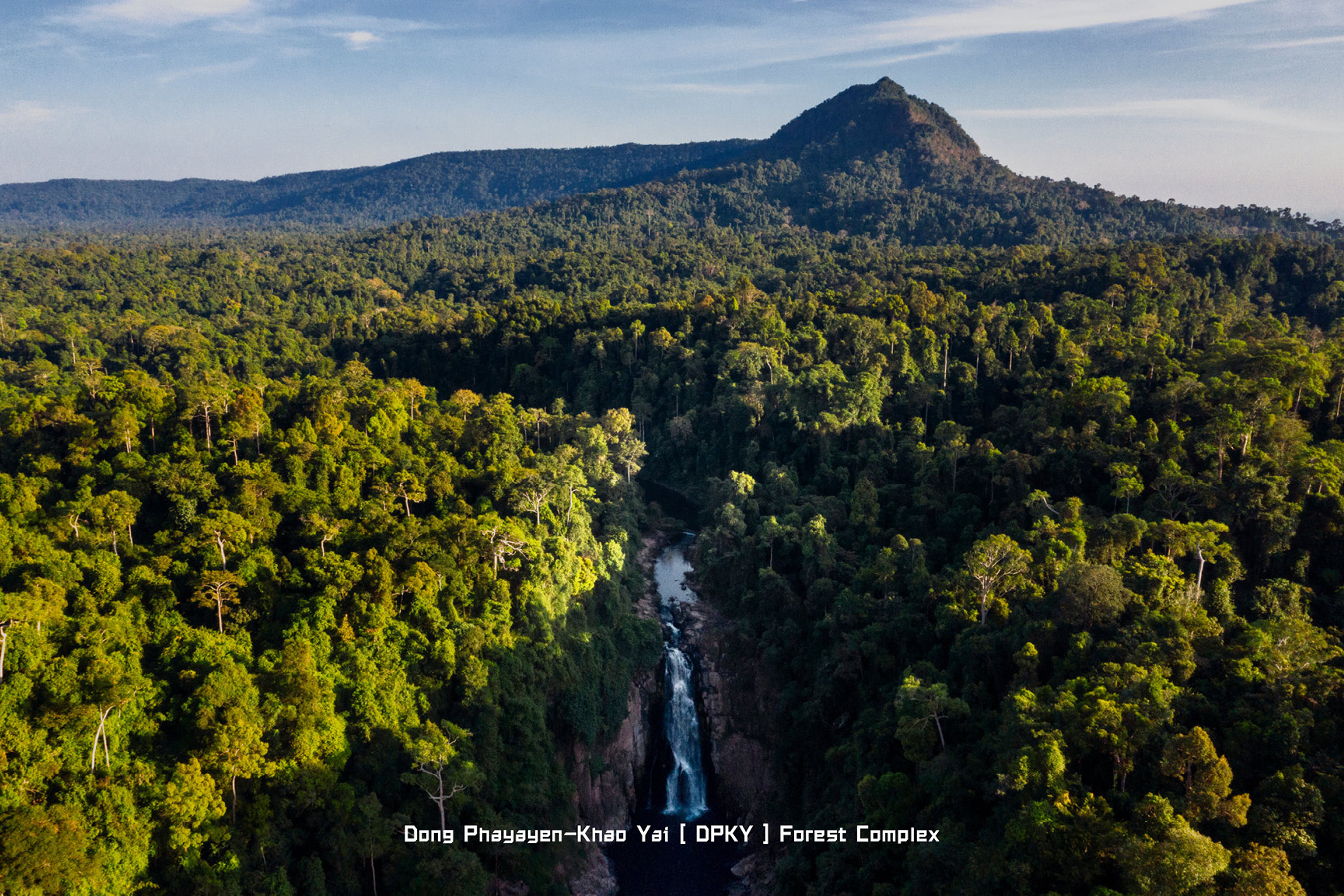Categories
Proving Ground: UNESCO’s Laboratories
Cover Photo: Arlit uranium mine adjoining Air and Ténéré World Heritage Site, Niger (Maxar Technologies)
This studio examined the international holdings and architecture of UNESCO, whose World Heritage Sites program dates to its earliest postwar campaigns. Departing from previous vocabularies of ecology and everlasting beauty, the organization now often describes its Sites as laboratories, invoking both scientific practice and the familiar architectural type. In UNESCO documentary literature, the laboratory program is clear: ruins are retained for the data they will generate and forests become future sites of information extraction.
UNESCO categorizes these Sites as “Natural” or “Cultural,” selecting them according to a 10-point list of criteria. After decades of these designations, a global distribution has become apparent: the vast majority of Cultural sites are found in Europe, while Natural sites tend to be located in the developing world.
Each student’s design project adjoins or is situated in a UNESCO World Heritage Site of their own choosing, often surrounded by post-colonial nation states, astonishing natural beauty and expanding tourist complexes. In the era of global upheaval and climate change, what is the architecture, and future, of the UNESCO laboratory?
